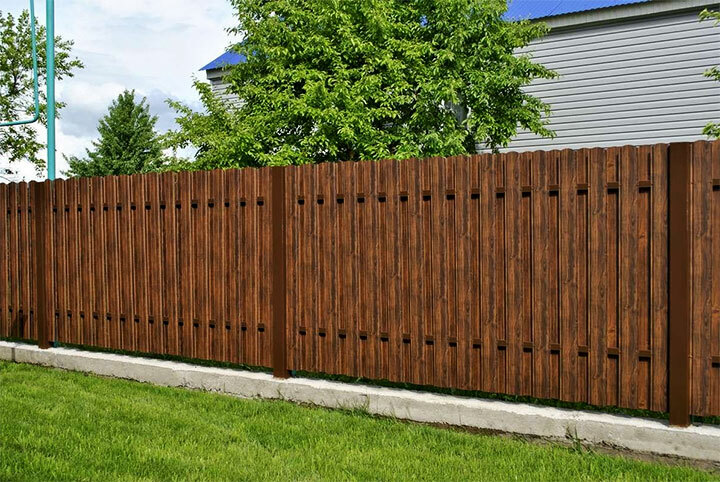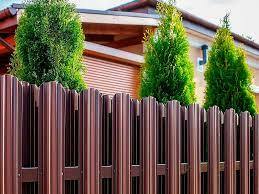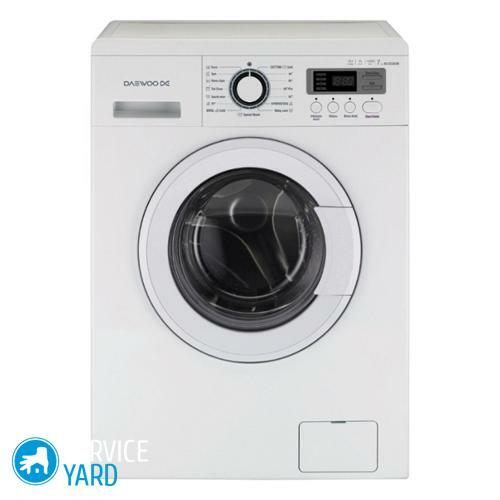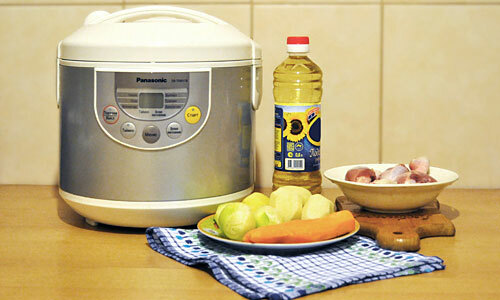A metal picket fence is strong, durable, does not burn, does not require painting or any protective coating, is resistant to various weather conditions, looks aesthetically pleasing.

The choice of metal picket fence is very rich, the color and shade can be selected for any design solution. An excellent choice of metal euro shtaketnik - https://urres.ru/catalog/ograzhdeniya_iz_evroshtaketnika. It should be borne in mind that with the same size of gaps between the planks, a fence made of dark pickets shines through more than a fence of light colors.

Therefore, it is the most acceptable solution for creating:
• fences for summer cottages and country cottages;
• improvement of urban adjoining territories;
• allocation of zones of flower beds;
• registration of the territories of summer cafes, kindergartens, schools;
• accentuation of individual parking areas, storage areas.
Type and shape of shtaketin
Details for a metal fence - picket fences (lamellas) made of galvanized metal, covered with a layer of polymer material of various colors. They differ in the size of the cross-section, the type of figured profile, the shape of the upper cut - straight or oval. The basis of the structure is a frame consisting of pillars and horizontal guides in two or three rows, depending on the height of the fence (fence).

Features of a staggered fence
If the pickets are installed on both sides of the frame in a checkerboard pattern, you will get a “checkerboard” fence. This type of fencing is becoming increasingly popular among gardeners and cottage owners.
It may seem from the outside that the fence is solid, but the gaps between the lamellas create the impression of a light, beautiful, original fence. The gaps allow air to circulate freely, do not interfere with the penetration of light and at the same time make it impossible to view the site from the street and neighbors.
The size of the gap between the picket fence
For zoning the territory, the size of the gap may be greater than the width of the lamellas. For a checkerboard fence, it is recommended to make a gap equal to about half the width of the bar. There are no strict standards for the distance between the elements of the picket fence. If desired, the gap can be equal to the width of the plank, in which case the fence will also look solid, since the picket fence is attached on both sides.

It must be remembered that the smaller the distance between the planks, the more they will be required and the more expensive the fence will be.
Often, a combined option is used, when only part of the fence is filled in a checkerboard pattern, and the rest is performed in the form of one-sided filling. In this case, experts recommend maintaining a constant distance between the strips so that the structure has a holistic look. The online store of building materials and metal structures URRES offers many different types and sizes of picket fences.
What to look for
When choosing a picket fence, you need to consider some important points:
• the thickness of the workpiece (usually in the range of 0.4-0.7 mm);
• type of polymer coating (the resistance of the picket fence to external influences depends on it);
• quality of processing of the side edge (they must be carefully folded neatly);
• relief of the picket fence (the more bends, the stronger and more stable the fence will be).



